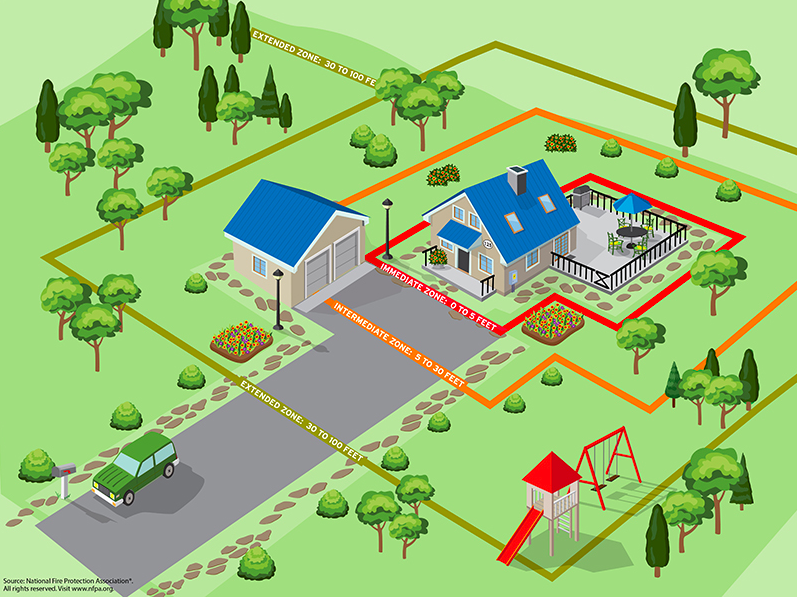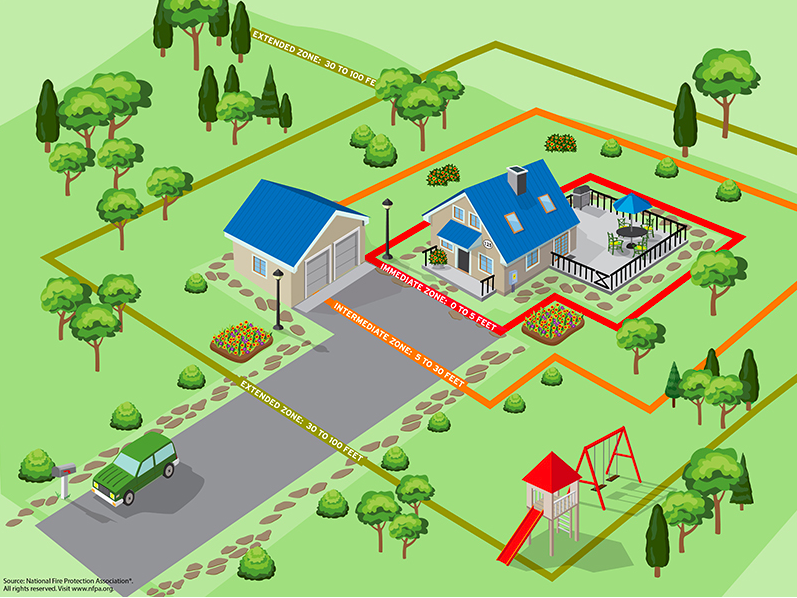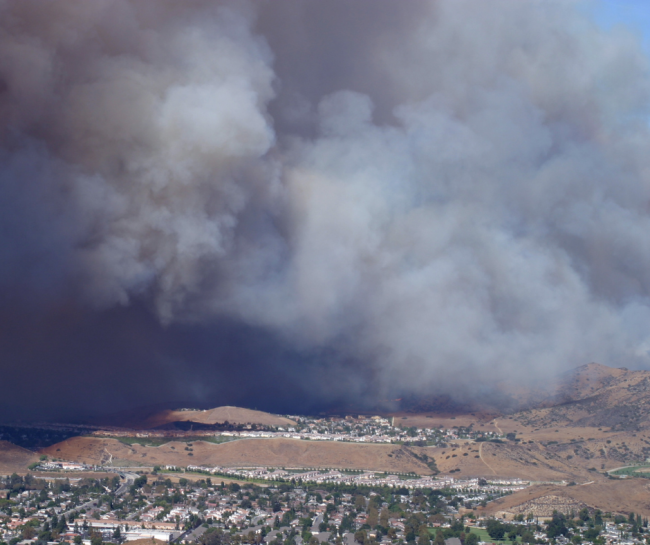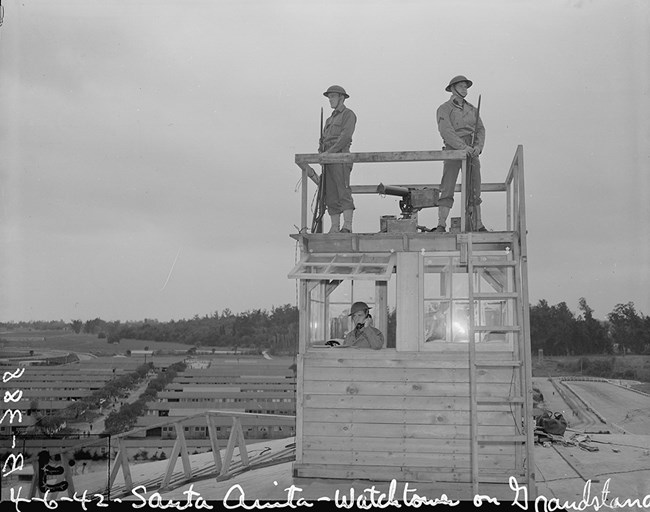
Homesteading Under Fire: Wildfire Preparedness in Montana, Idaho, and Oregon
The air hangs thick with smoke, a constant reminder of the growing threat. For homesteaders in Montana, Idaho, and Oregon, the idyllic vision of rural life is increasingly intertwined with the harsh reality of climate change-driven wildfires. What was once a seasonal concern has become a year-round anxiety, impacting livelihoods, homes, and the very fabric of these close-knit communities. The past five years have seen a dramatic increase in wildfire acreage across the region, with the National Interagency Fire Center reporting millions of acres burned annually, devastating landscapes and forcing evacuations. Yet, amidst this vulnerability, a proactive spirit prevails. Homesteaders are digging in, learning, and adapting, building resilience not just for themselves, but for their entire community. They’re working to prepare their homesteads to endure the increasing threat.

Creating Defensible Space: Your First Line of Defense
The key to protecting your homestead from wildfire lies in creating a defensible space – a buffer zone that reduces the intensity of a fire and gives firefighters a safe area to work. This isn't just about aesthetics; it's about survival. Here’s how to establish a robust defensible space:
Immediate Zone (0-10 feet): This is the most critical zone. Create a non-combustible perimeter around your home by removing all flammable materials. This includes:
- Clearing all vegetation, including grass, weeds, and shrubs.
- Replacing wood mulch with gravel, rock, or other non-flammable materials.
- Removing firewood stacks, propane tanks, and other flammable items.
- Cleaning gutters and removing debris from roofs.
Intermediate Zone (10-30 feet): Reduce fuel density and interrupt the fire's path by:
- Removing dead vegetation and debris.
- Pruning trees to remove lower branches (up to 6 feet from the ground).
- Spacing shrubs and trees to prevent fire from spreading easily.
- Mowing grass regularly.
Extended Zone (30-100 feet): Further reduce fire intensity by:
- Thinning trees to create wider spacing.
- Removing underbrush and deadwood.
- Creating firebreaks, such as gravel pathways or mowed strips.
Important: Check with your local fire department or county government for specific defensible space regulations in your area. These regulations may vary and are designed to protect your community as a whole.
Fire-Resistant Landscaping: Beauty and Protection
Landscaping can be both beautiful and protective. Choosing the right plants and materials can significantly reduce the risk of fire damage to your homestead.
Select Fire-Resistant Plants: Opt for plants with high moisture content, low resin content, and thick leaves. Some excellent choices for Montana, Idaho, and Oregon include:
- Sedum varieties: These succulents are drought-tolerant and fire-resistant.
- Hens-and-Chicks (Sempervivum tectorum): Another excellent succulent option that requires little water.
- Creeping Thyme: A low-growing ground cover that helps prevent erosion and suppress weeds, while also being fire-resistant.
Avoid Flammable Plants: Steer clear of highly flammable species like juniper, pine trees (especially close to structures), and ornamental grasses that dry out easily.
Mulch Wisely: As mentioned before, avoid wood mulch near structures. Opt for rock, gravel, or other non-flammable alternatives.

Developing an Evacuation Plan: Preparedness is Key
Even with the best defensible space and landscaping, evacuation may become necessary. A well-thought-out evacuation plan is essential for ensuring the safety of your family and animals.
Your evacuation plan should include:
"Go-Bag" Checklist: Prepare a readily accessible bag for each family member, containing:
- Three-day supply of water (1 gallon per person per day)
- Non-perishable food
- First-aid kit
- Medications
- Copies of important documents (insurance, identification, etc.)
- Flashlight and extra batteries
- Radio
- Local maps
Pre-Designated Evacuation Routes: Identify multiple evacuation routes in case one is blocked.
Meeting Points: Establish a meeting point outside of the immediate area in case family members become separated.
Emergency Alerts: Sign up for local emergency alert systems to receive timely warnings and instructions.
Financial Assistance: Emergency Watershed Protection Program
The USDA Natural Resources Conservation Service (NRCS) offers the Emergency Watershed Protection (EWP) program to help landowners address watershed impairments caused by wildfires. The EWP program provides financial and technical assistance for erosion control, debris removal, and other measures to protect life and property.
For more information about the EWP program in Montana, Idaho, and Oregon, visit the NRCS website: https://www.nrcs.usda.gov/
Community Resilience: Fire Safe Councils and Prescribed Burns
Wildfire preparedness is not just an individual responsibility; it's a community effort. Local Fire Safe Councils play a vital role in promoting wildfire awareness, education, and mitigation efforts.
- Get Involved: Contact your local Fire Safe Council to learn about local risks, resources, and opportunities to volunteer.
- Support Prescribed Burns: Community-led prescribed burns are an effective way to reduce fuel loads and mitigate wildfire risk. Support these initiatives in your area. For example, several communities in Oregon have successfully implemented prescribed burn programs to protect forests and reduce the risk of catastrophic wildfires.

Conclusion: A Call to Action
Homesteading under the threat of wildfires requires proactive planning, diligent maintenance, and a strong sense of community. By creating defensible space, choosing fire-resistant landscaping, developing an evacuation plan, and participating in community-led initiatives, you can significantly reduce the risk to your home, your family, and your livelihood. Don't wait until the smoke is in the air – take action today to protect your homestead and build a more resilient future for your community.